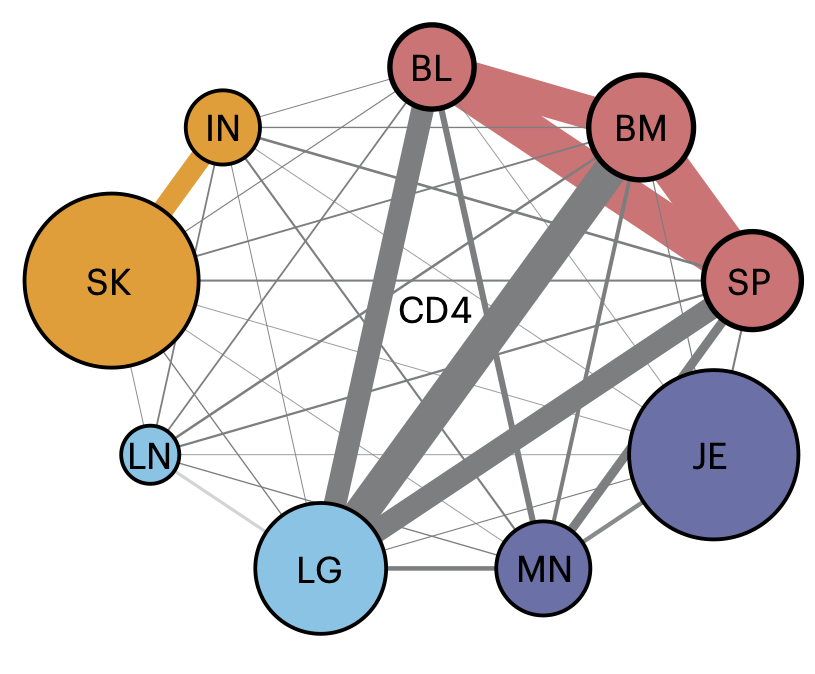Abstract
T lymphocytes migrate to barrier sites after exposure to pathogens, providing localized immunity and long-term protection. Here, we obtained blood and tissues from human organ donors to examine T cells across major barrier sites (skin, lung, jejunum), associated lymph nodes, lymphoid organs (spleen, bone marrow), and in circulation. By integrating single-cell protein and transcriptome profiling, we demonstrate that human barrier sites contain tissue-resident memory T (TRM) cells that exhibit site-adapted profiles for residency, homing and function distinct from circulating memory T cells. Incorporating T cell receptor and transcriptome analysis, we show that circulating memory T cells are highly expanded, display extensive overlap between sites and exhibit effector and cytolytic functional profiles, while TRM clones exhibit site-specific expansions and distinct functional capacities. Together, our findings indicate that circulating T cells are more disseminated and differentiated, while TRM cells exhibit tissue-specific adaptation and clonal segregation, suggesting that strategies to promote barrier immunity require tissue targeting.
